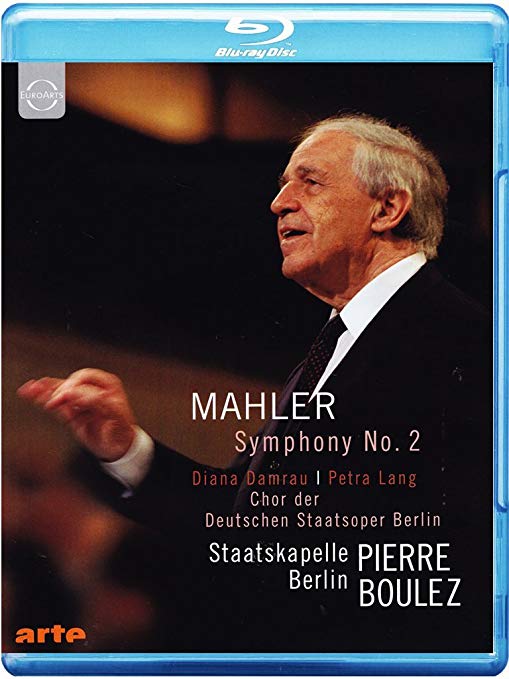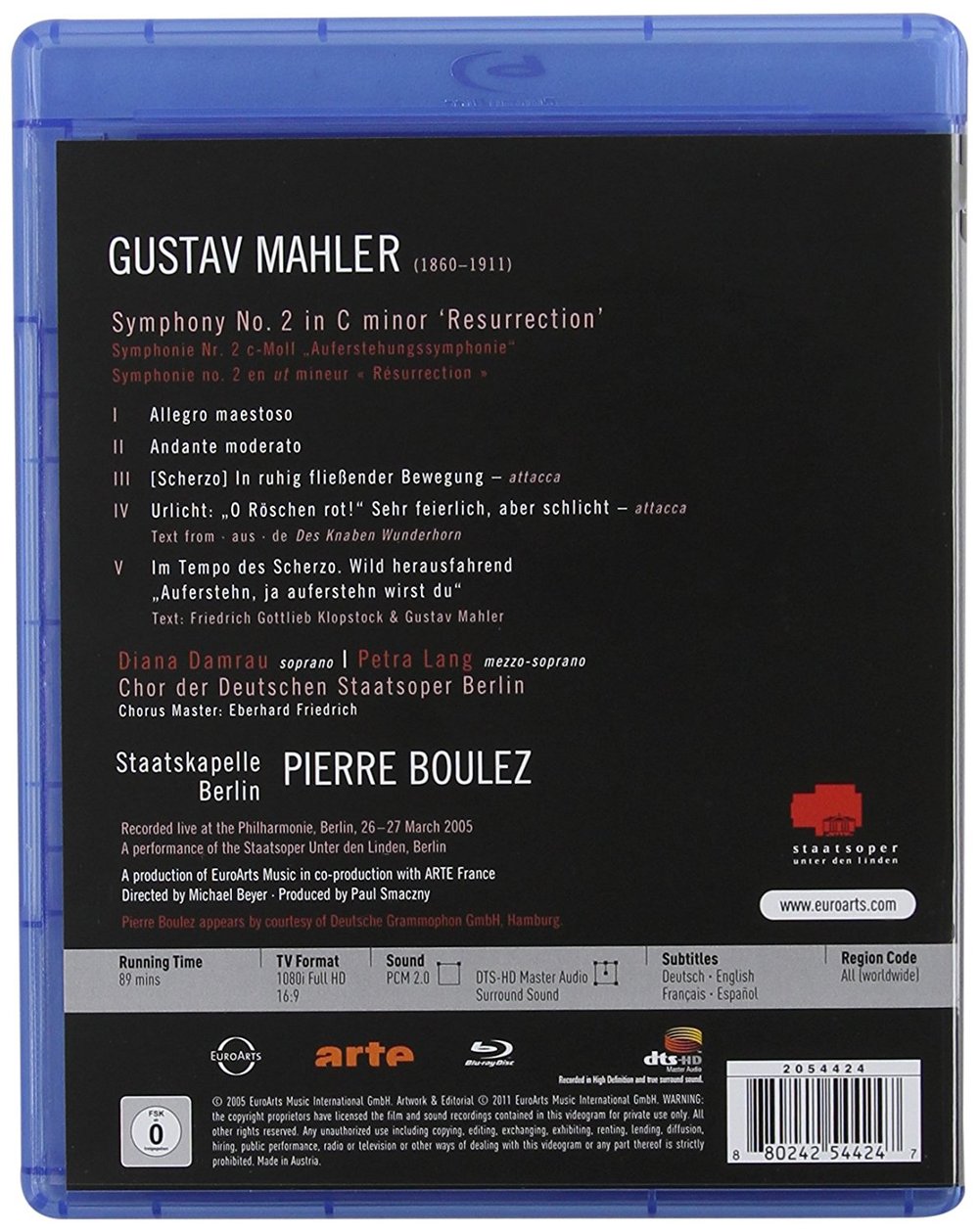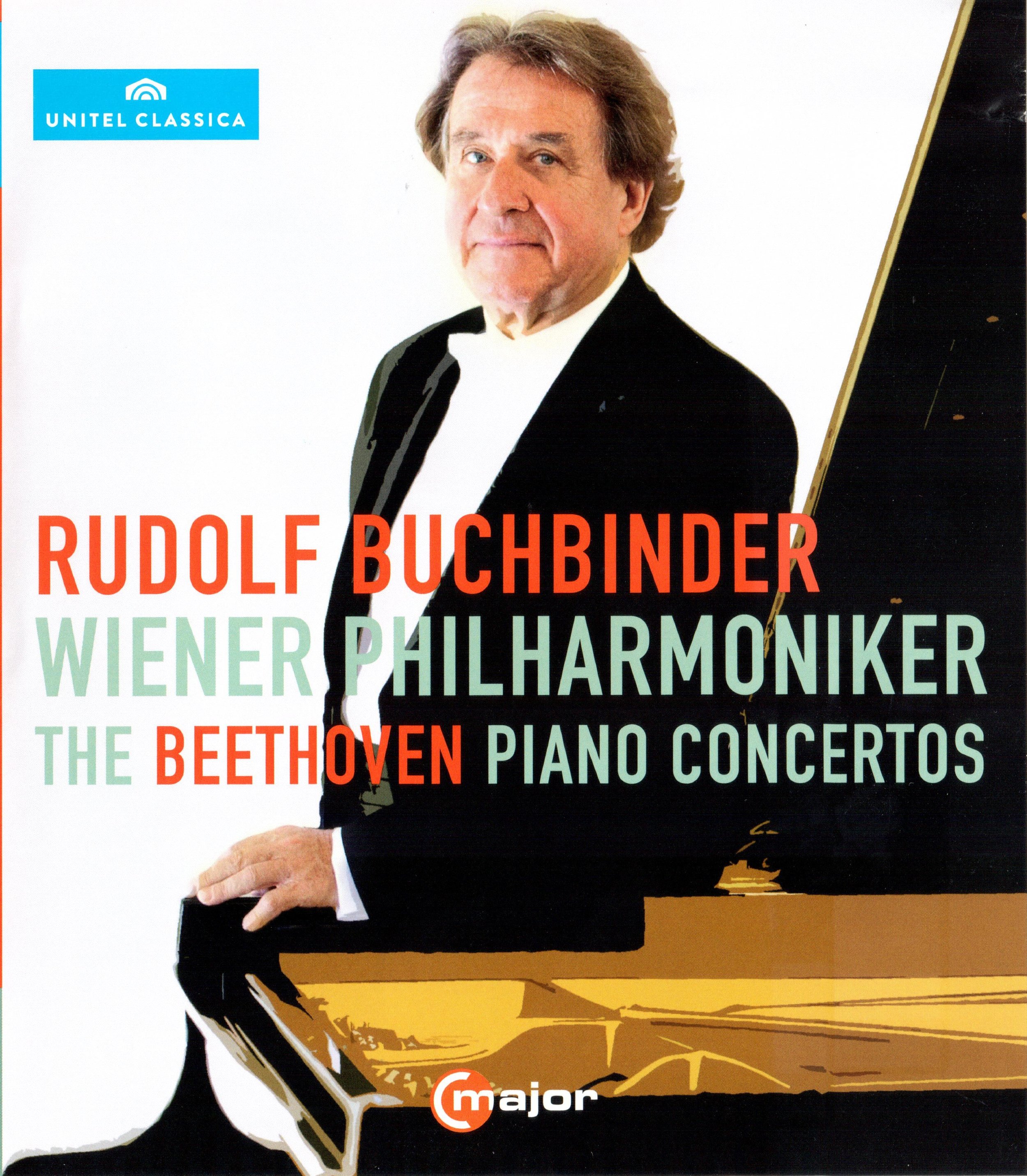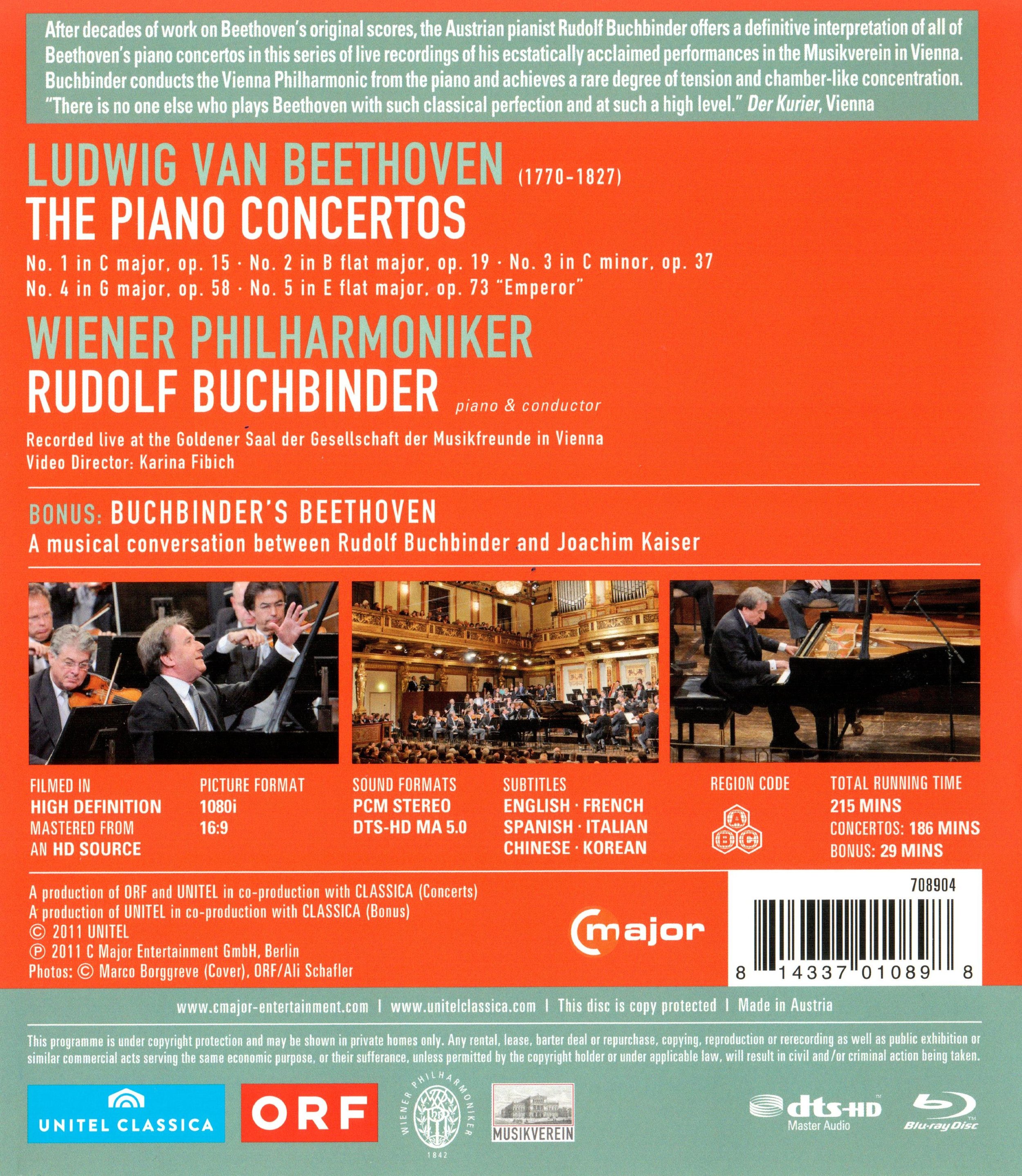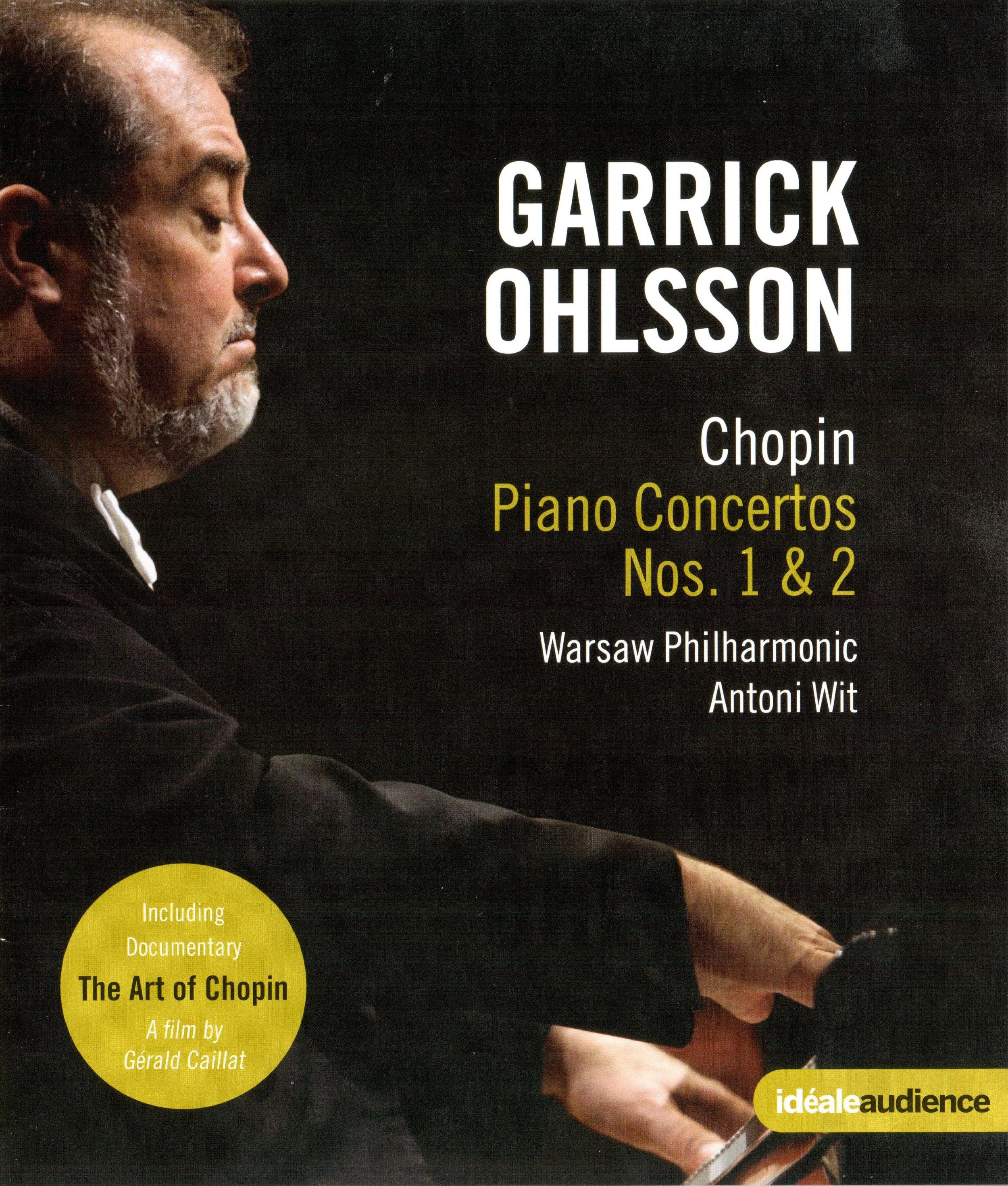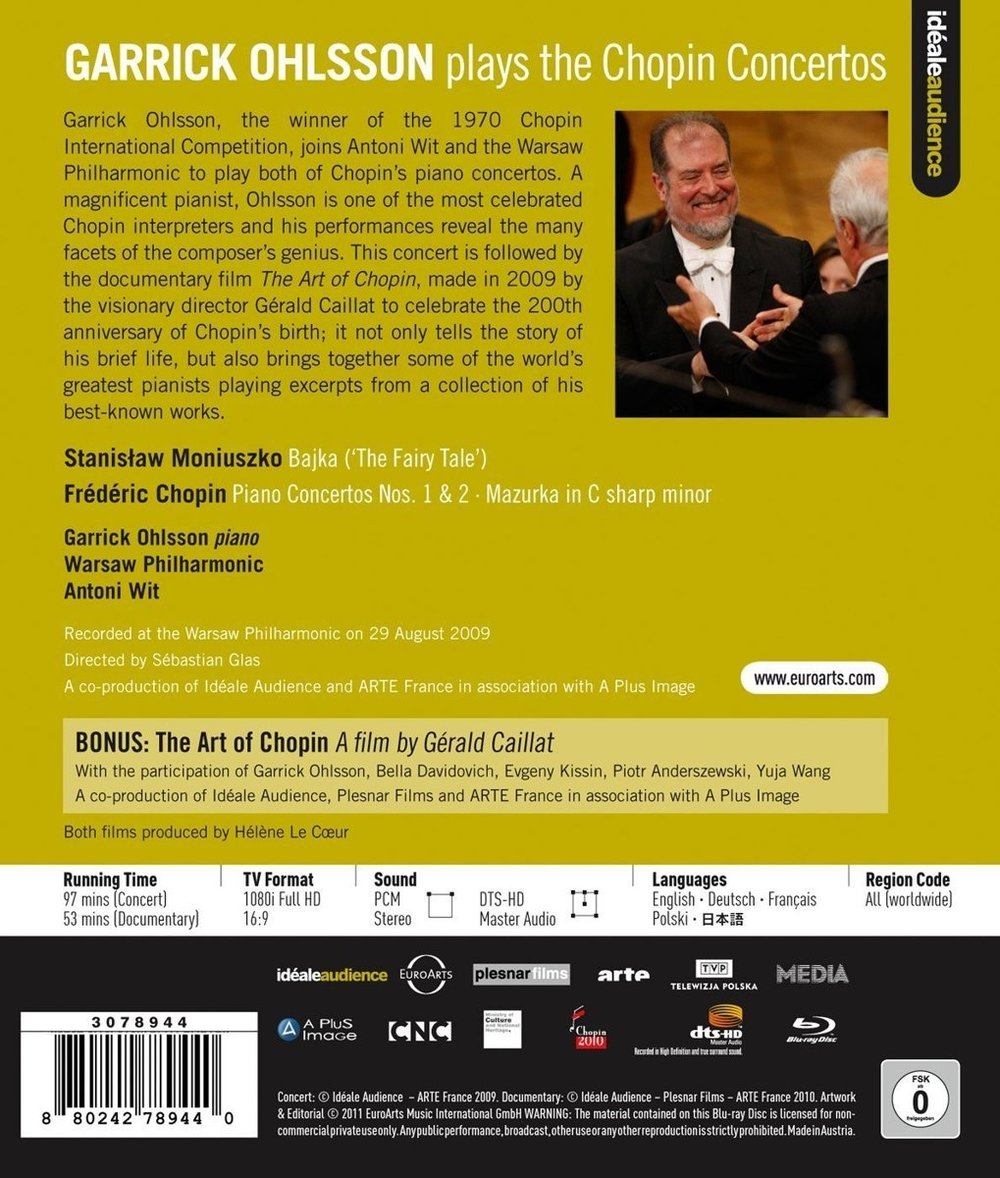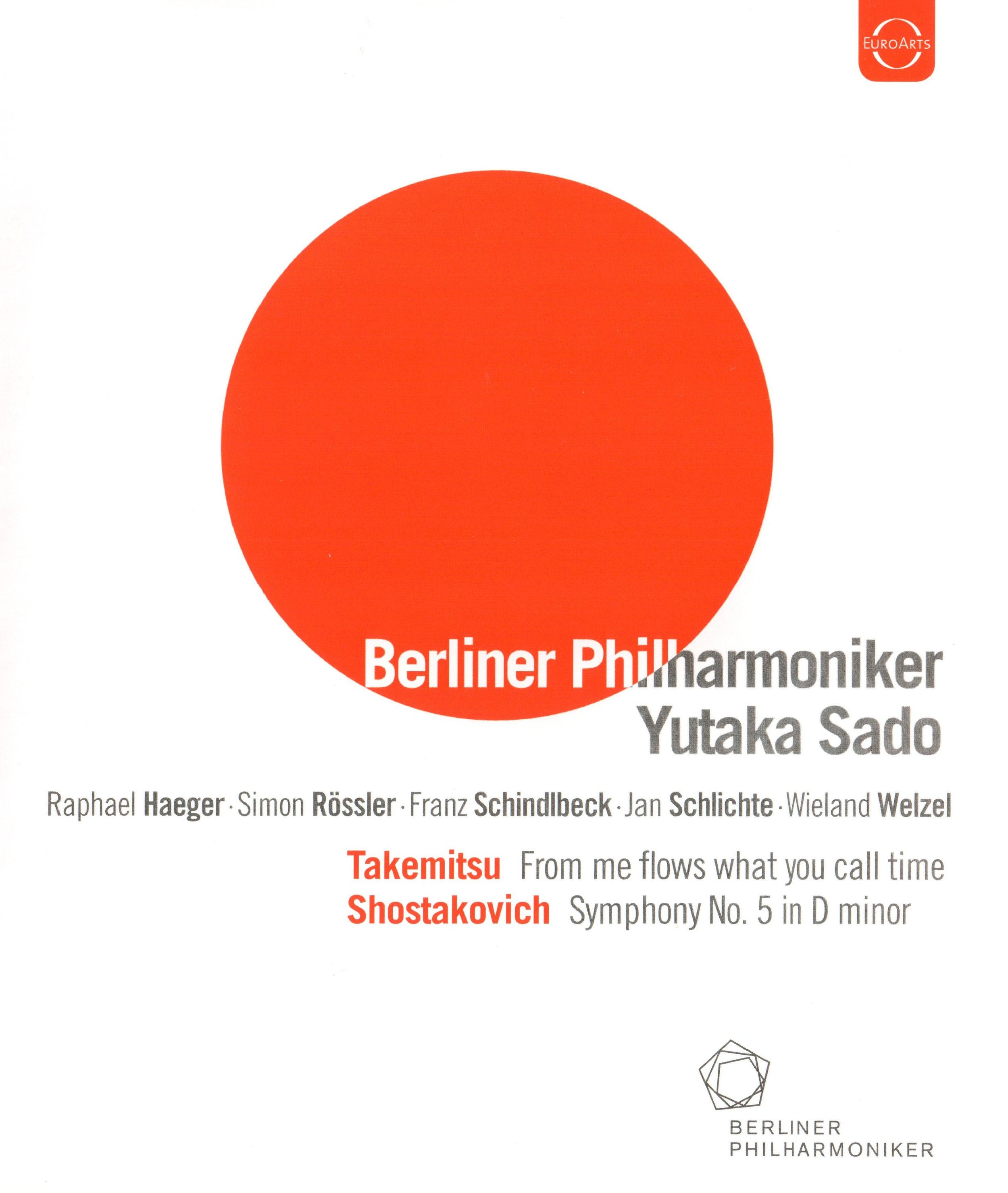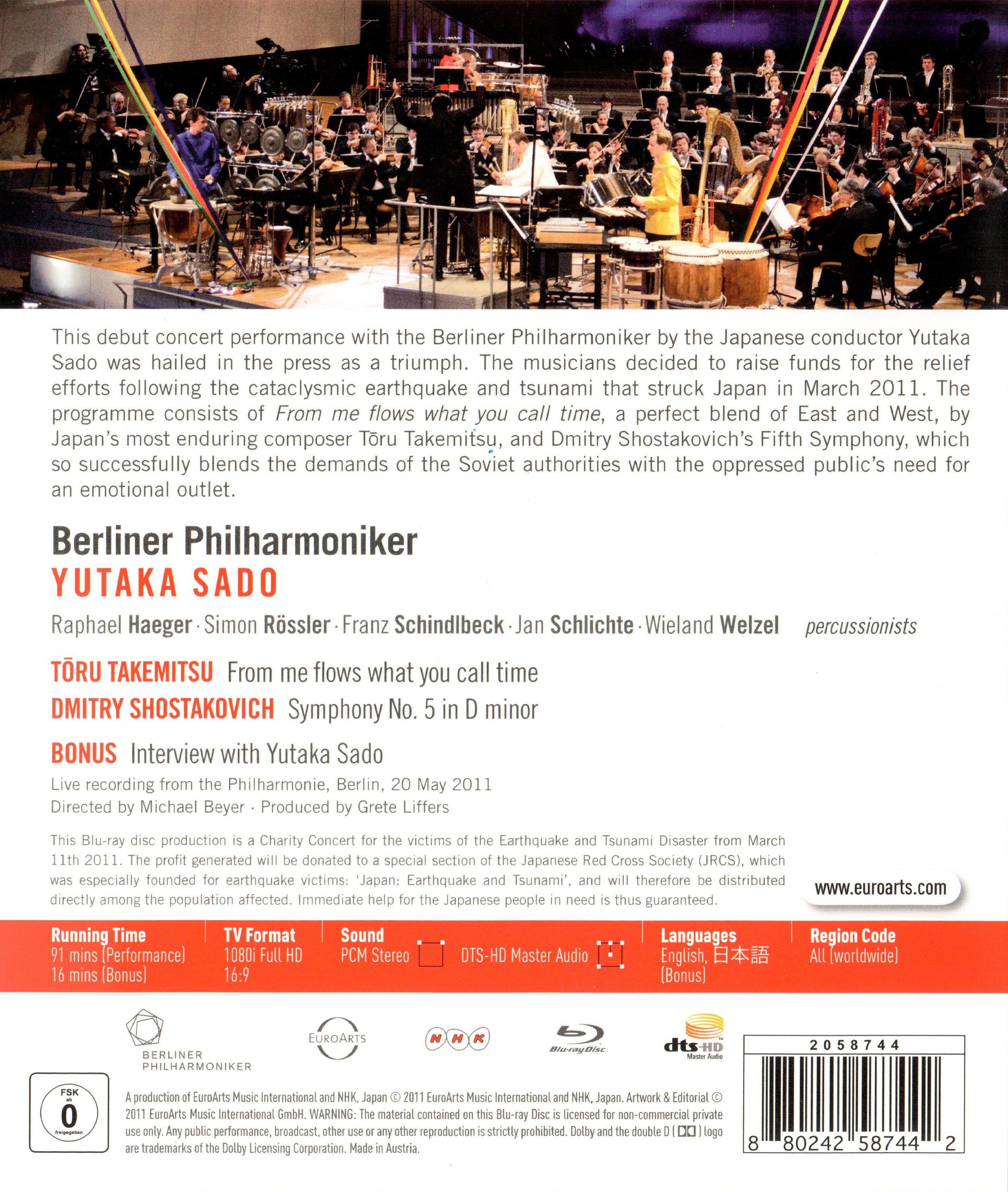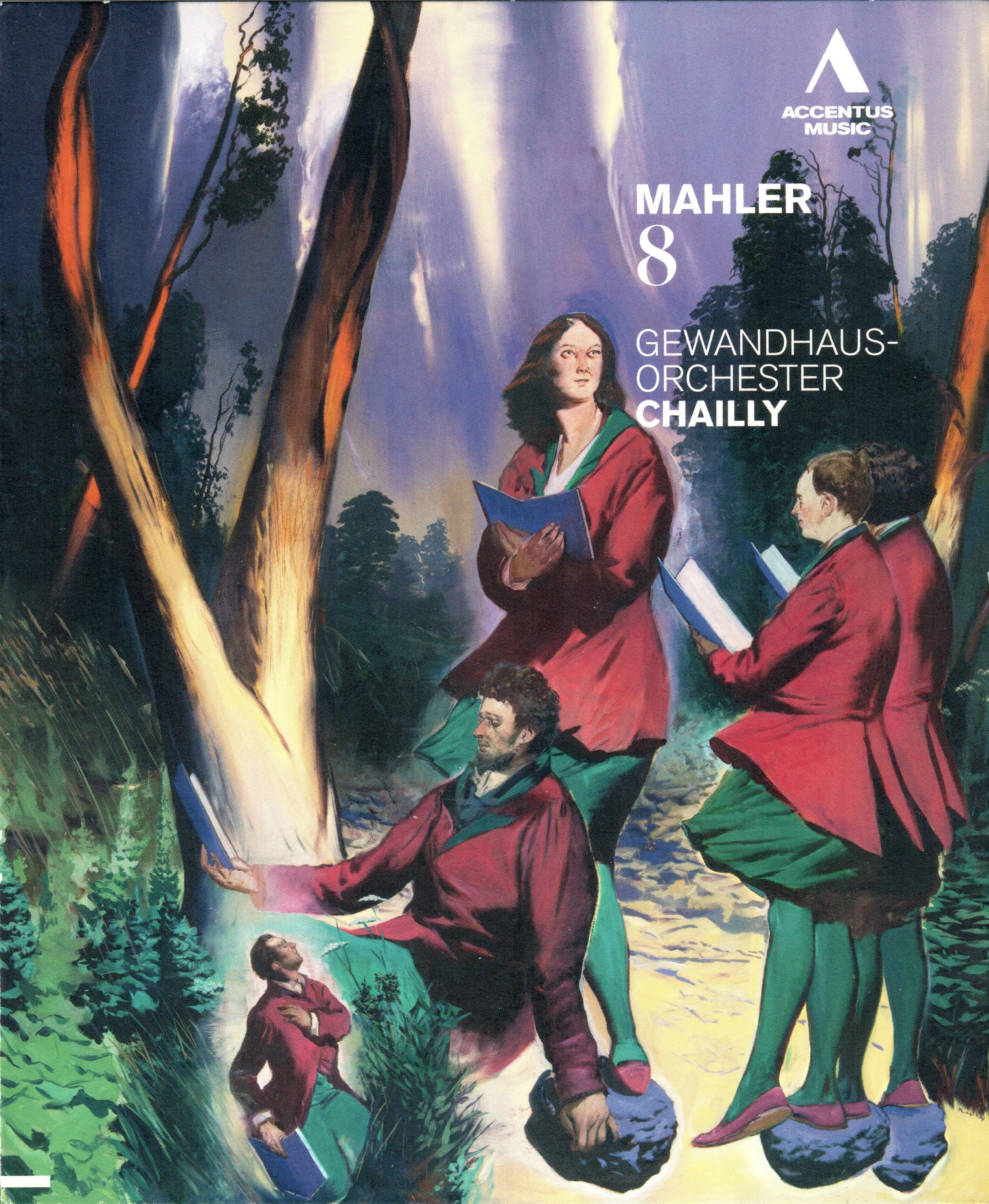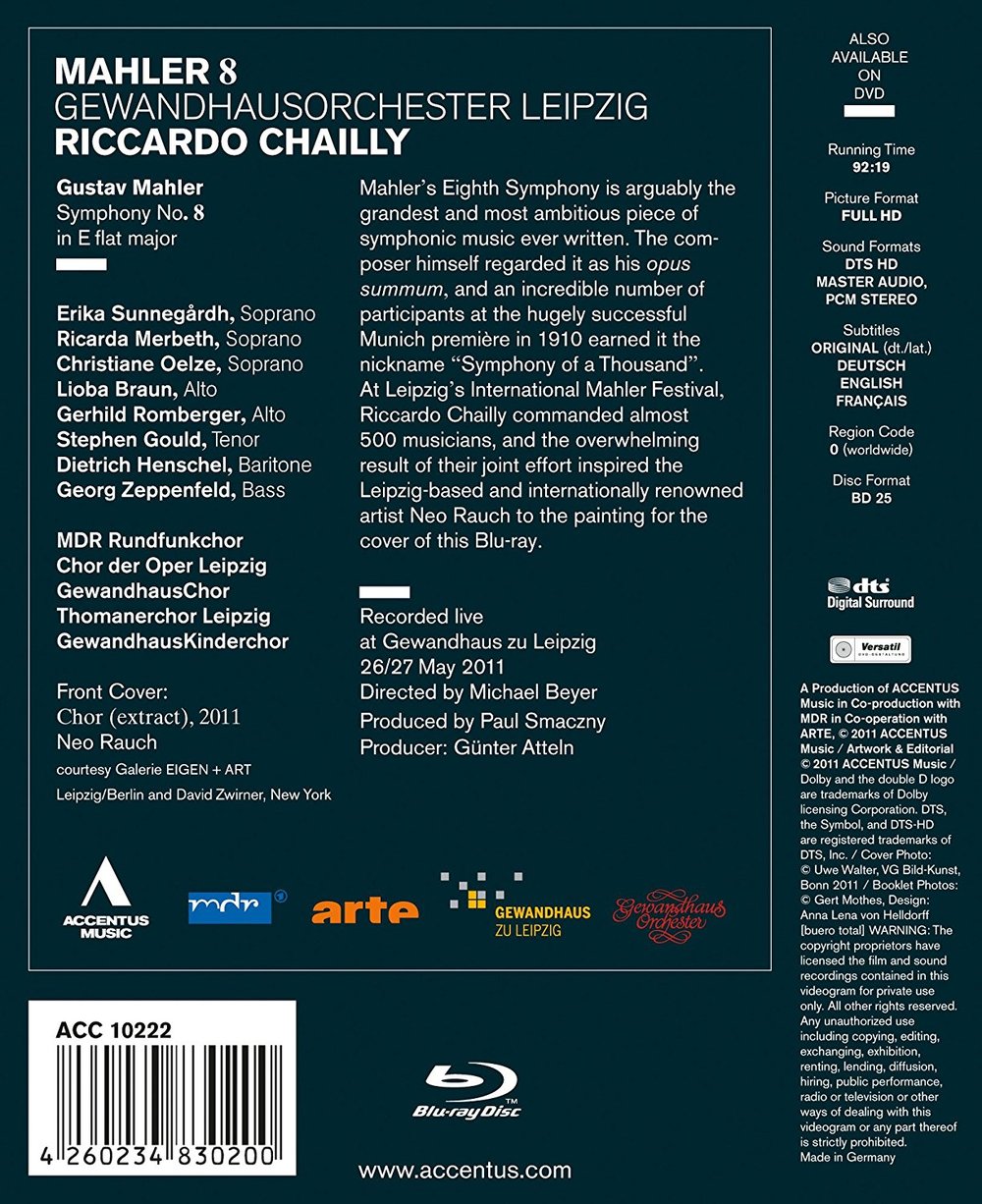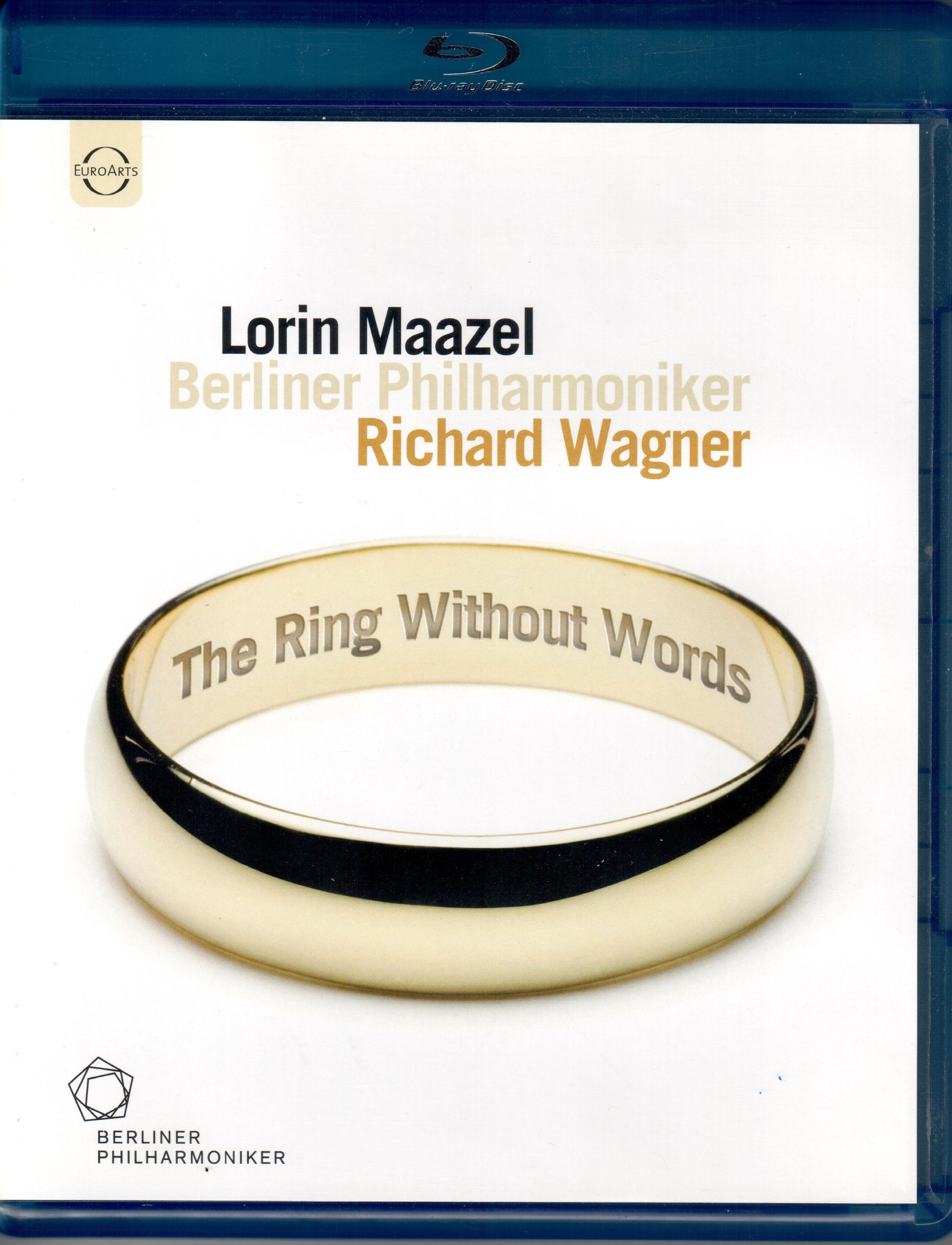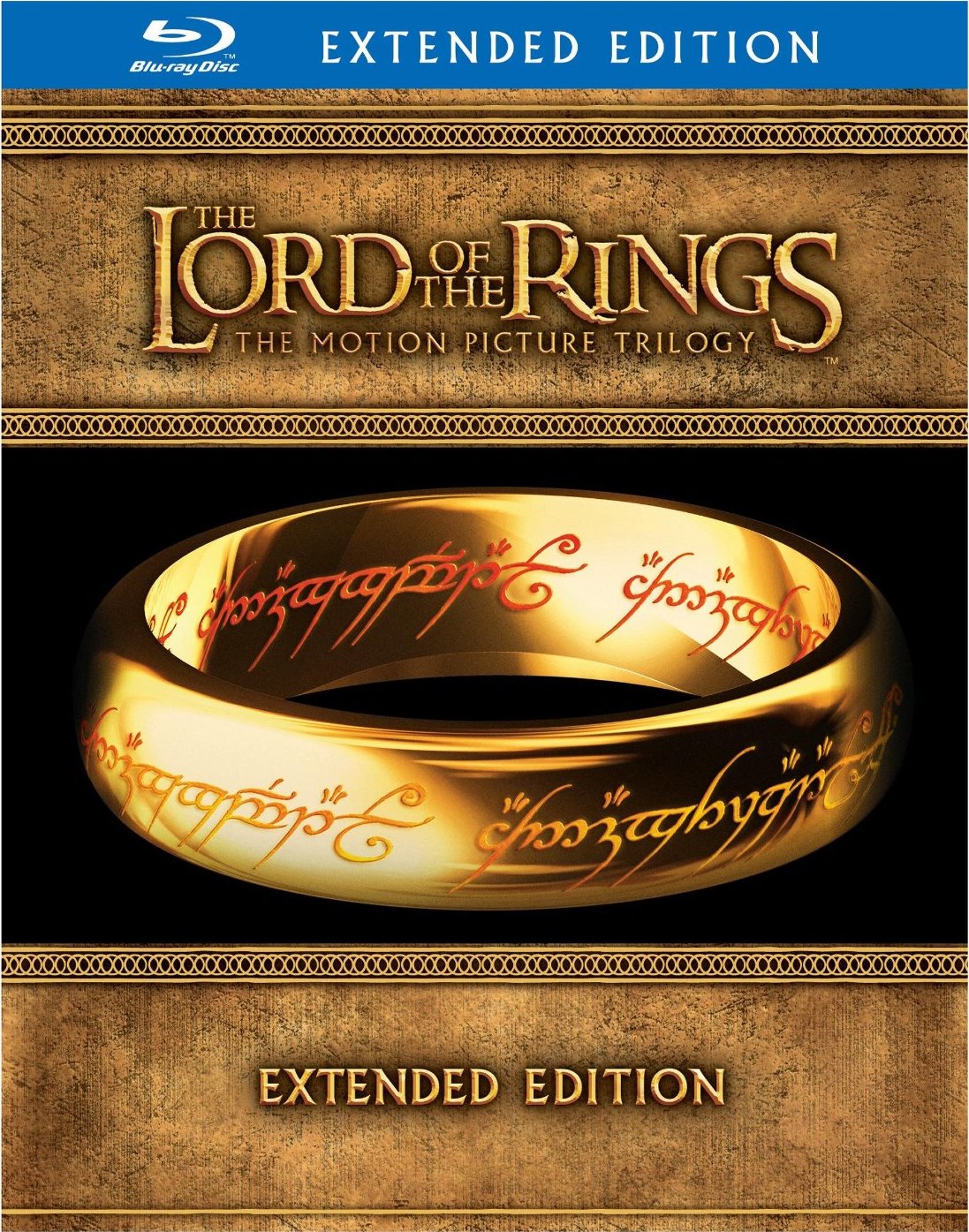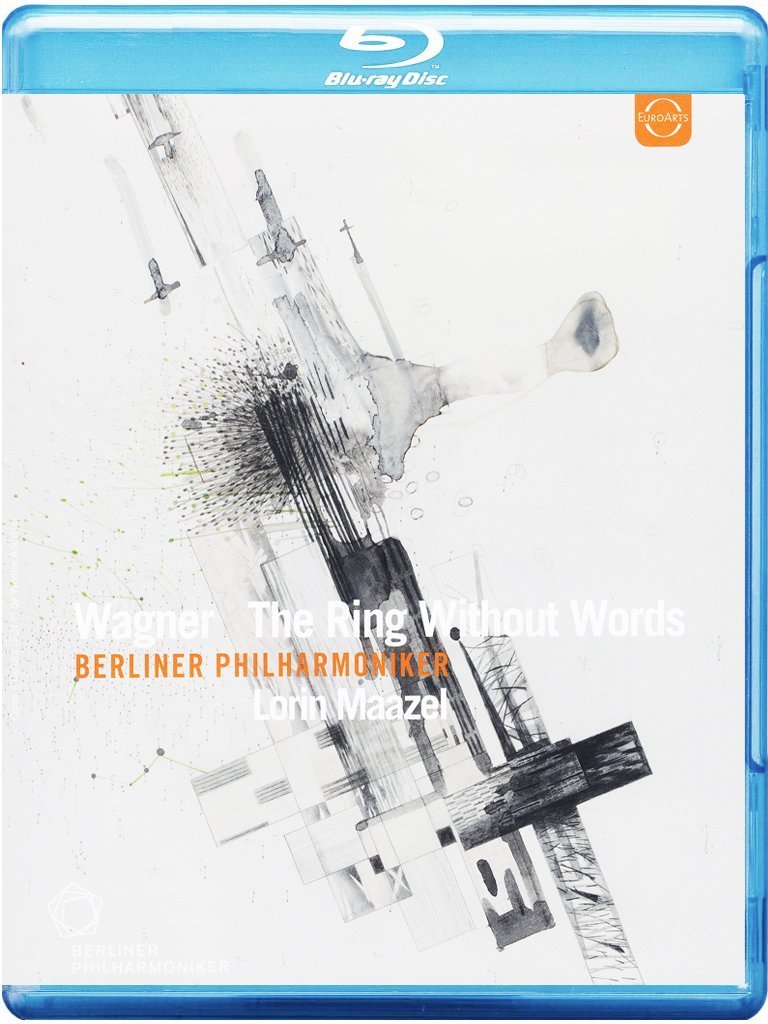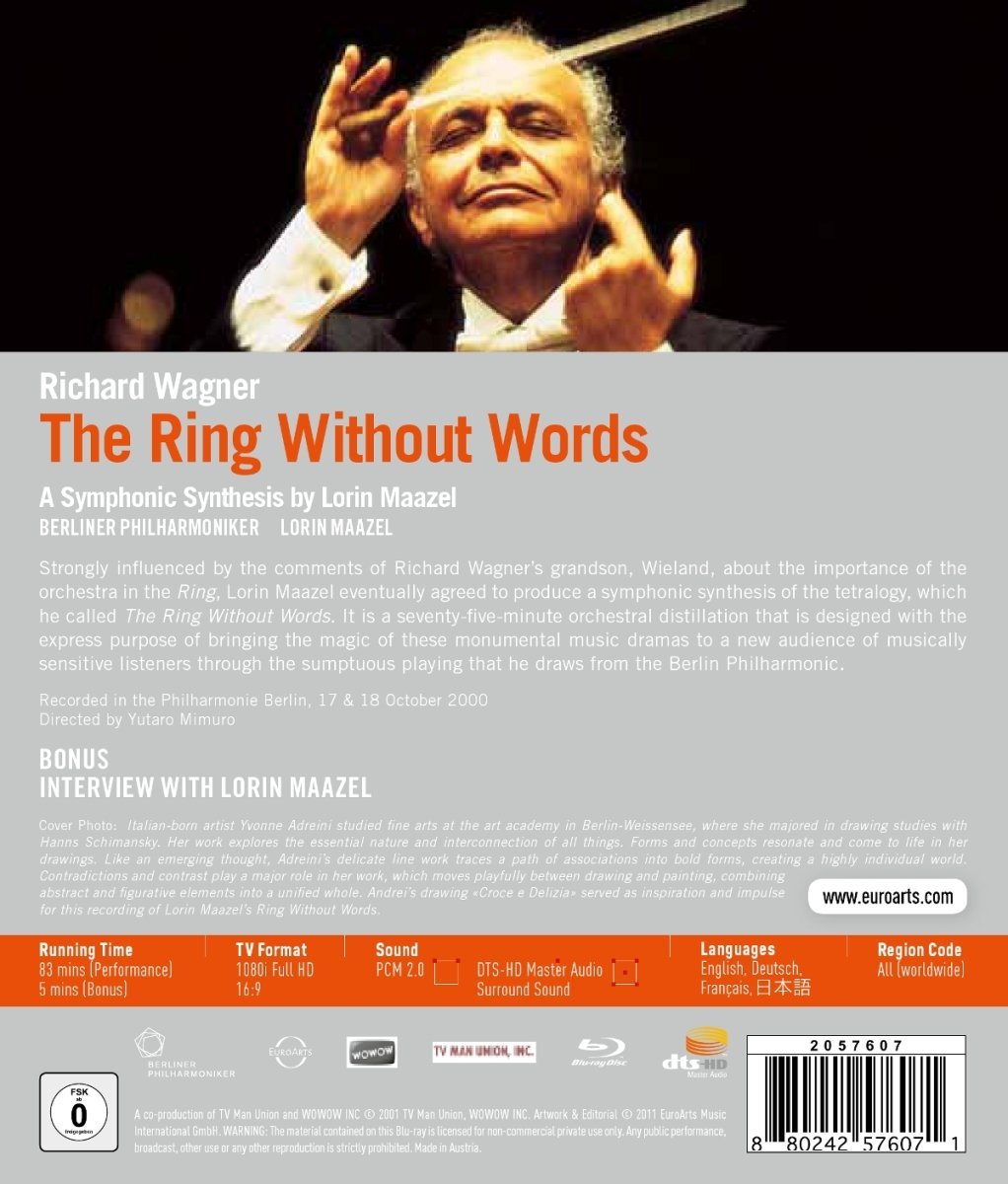This 2009 Chopin piano concertos program has the following music:
The Warsaw Philharmonic Orchestra plays Bajka (Fairy Tale) by Stanisław Moniuszko.
Garrick Ohlsson plays the Chopin Piano Concerto No. 1
Ohlsson plays the Chopin Piano Concerto No. 2
Ohlsson plays as encore the Chopin Mazurka in C sharp minor
In addition, the disc has a 53-minute documentary, The Art of Chopin: A Film by Gérald Caillat.
Antoni Wit conducts the Warsaw Philharmonic Orchestra at the Warsaw Philharmonic Hall. Directed for TV by Sébastian Glas; photography was directed by Thierry Houlette; sound was recorded and edited by Andrzej Sasin. Produced by Hélène Le Cœur. Released 1011, disc has 5.1 dts-HD Master Audio sound. Grade: C+
Let's start with comments that apply to the entire live performance. Thanks to Andrzej Sasin, sound quality throughout is competitive with most of the better HDVDs coming out now (other than audiophile recordings from publishers like NHK and AIX). Picture quality, however, is sub-par with poor resolution, a grainy appearance, color balance making folks look a bit too pink, and some motion artifacts. But what really drags this title down is amateurish video content, which we will discuss in detail.
Bajka (Fairy Tale)
We have commented often on our standards for a good HDVD of a symphony performance. The basic idea is to use the power of high-definition cameras to make video images showing much or all of the orchestra and Alas, so many YT clips: so few worth watching.to move in for close-up shots only when there are good reasons. This gives the viewer an experience similar to a spectator at a live performance enhanced with a reasonable number of close-up shots. You can't do this with low-resolution DVD pictures. DVDs therefore tend to present a long string of cuts from one close-up to another in a manner often reminiscent of a cartoon chase. Too often the TV director shoots a DVD and it gets published also as an HDVD because the producer doesn't know how an HDVD should look. When this happens, we will call it to your attention.
The Bajka video is pure DVD. In about 14 minutes there are 155 cuts (that's a lot of action). There are 47 shots of the conductor and 26 close-up shots of instruments only — typical DVD fare. Most of the rest of the show is a series of back-and-forth views from the conductor to the ghostly instruments, to soloists, or to small groups of players. No attention is given to sections in the orchestra. There are only a few attempts to show most or a substantial part of the band. Most of these shots are from the side showing the backs of many musicians.
Alas, so many YT clips: so few worth watching.Because the action is so fast paced, the cameramen don't have time to set up their shots well. There's an astonishing number of shots with framing, focus, and field-of-focus issues. See for examples :41 where the camera is too low. In :53, 5:06, and 5:21 see framing and focus problems. At 5:34 the only person in focus is not playing while all the persons playing are out-of-focus. The most dumbfounding shots are 2:02, 2:21, and 2:30 where the center of attention is the back of a music stand. All this video mayhem taxes the viewers' minds and interferes with appreciation of the music. The grade for this Bajka segment, were we to give one, would have to be a F.
Piano Concerto No. 1
This is another pure DVD. There were only 3 brief efforts during this concerto to show the whole orchestra, and at least of them is ruined because the camera was too low. There are a few part-orchestra shots, mostly made from the side showing the backs of many players. We noted only one effort to shoot any strings as a section. Then there is a flabbergasting 295 shots of the soloist (sometimes with 2 or 3 different views in one keyboard run). There are way too many shots of the conducAlas, so many YT clips: so few worth watching.tor (many made over the backs of the orchestra). The conductor shots are used as a hub with spokes out to solos, ghost instruments without visible players, and small groups of musicians. There are many views with gross framing, focus, and field-of-focus errors; see examples at 17:10, 25:09, 25:12, 25:30, 20:31, 29:37, 42:43, 53:28. At 23:12 and 23:31 there were even shots of the conductor's belly.
All this is a bit of a tragedy because Ohlsson's performance is so smooth, elegant, and flawless. He is more animated than and more graceful than Barenboim in his recent HDVD readings of Concerto No. 1.
Piano Concerto No. 2
The video content on this track is pretty much the same as on the recording of Concerto No. 1. There is no whole-orchestra shot at all. The pace of cuts is somewhat slowed, but there is still way too much going on to distract the viewer.
The Art of Chopin: A Film by Gérald Caillat
Alas, so many YT clips: so few worth watching.This is a pleasant presentation of Chopin's career with tons of legacy and modern footage of Ohlsson and other famous pianists chopining. It adds something of value to this otherwise disappointing disc.
Let's sum up. It's sad that we now have 3 HDVDs of the Chopin concertos, but none of the discs do justice to the artists who performed. Now that we have high-definition TV, we have the ability to produce wonderful new video recordings. But the industry must learn how to use the high-definition cameras properly and leave behind bad DVD habits.
Both Ohlson performances had the potential for A+grades. But bad PQ and miserable video content knock this disc down two grades. The nice documentary offsets the total-loss Bajka number. So we wind up with the grade of C+.
